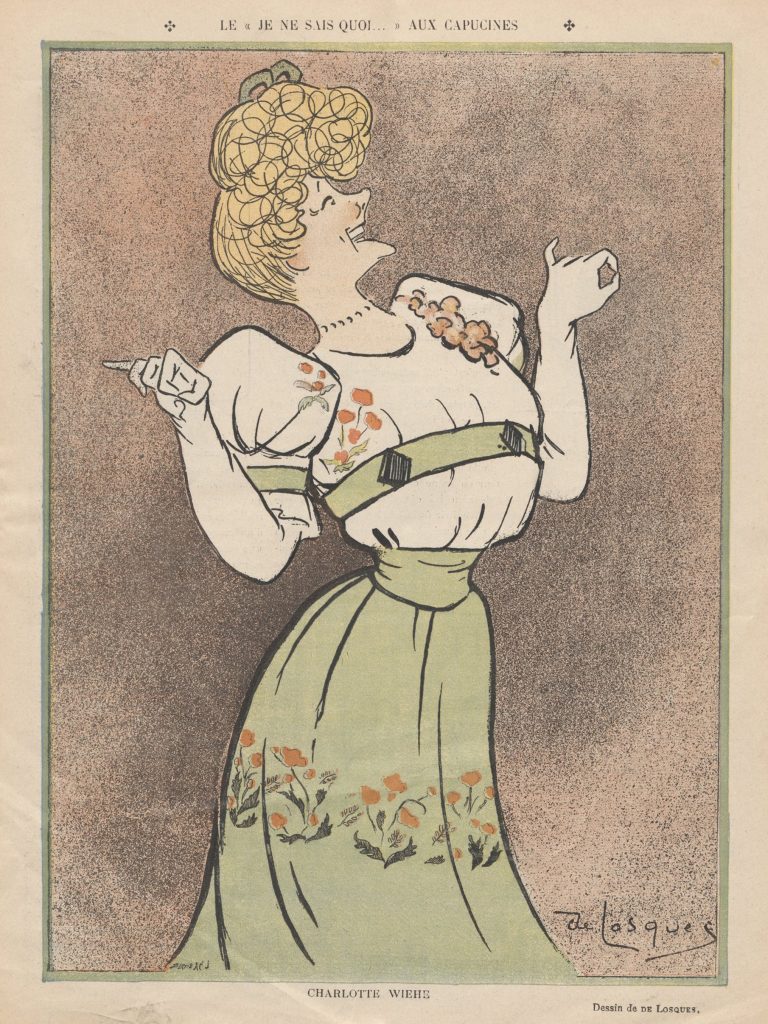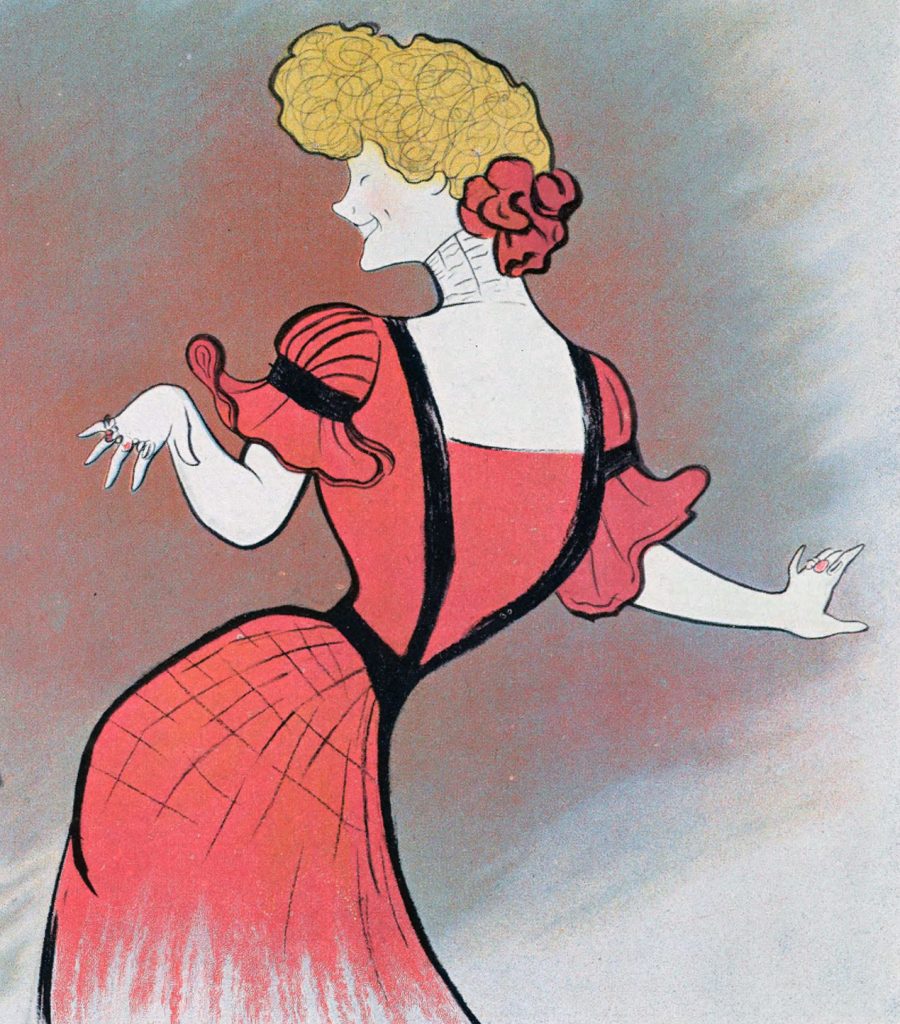
The woman on this cover is holding a key while threatened by scary hands around her. She is the Danish dancer, actress and singer Charlotte Wiehe (1865-1947). Charlotte was first married to the celebrated Danish silent actor, Wilhelm Wiehe, whose name she kept after their divorce. She made her first successes in comedy and light opera in Copenhagen. According to the press of that time “she was a singer of ability and a graceful dancer”. Charlotte Wiehe remarried with the Hungarian violinist and composer Henri Berény.

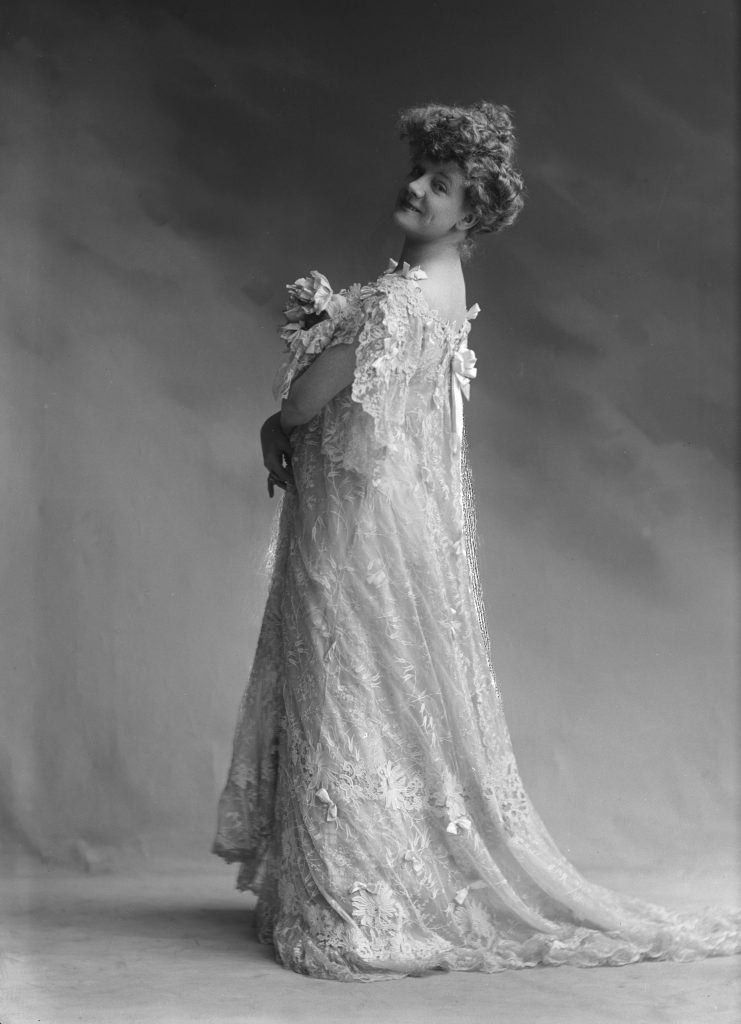
Together they moved to Paris and started an international career. Around 1900 Charlotte took up a new line of performance: mimodramas (pantomime acts with dance and musical accompaniment) written and composed by her husband Berény. Two of his mimodramas (L’Homme aux Poupées and La Main) were successful on the Parisian stages and were later adapted for the cinematograph in 1909 by Le Film d’Art.

The mimodrama L’Homme aux Poupées is based upon a book by Jean-Louis Renaud, beautifully illustrated by Jean Veber. It tells the strange obsession of a man in love with his dolls. The eccentric has only eyes for his dolls and not a blink for this woman, an actress he met one evening at the opera. Since nothing helps to draw his attention, she undresses in front of him. But even that has not the desired effect. Vindictive, she tears the man’s dolls to pieces under his bewildered eyes. Then, seized with remorse, the actress turns herself into an automaton, a mechanical doll. What a great opportunity for Charlotte to show her miming skills.
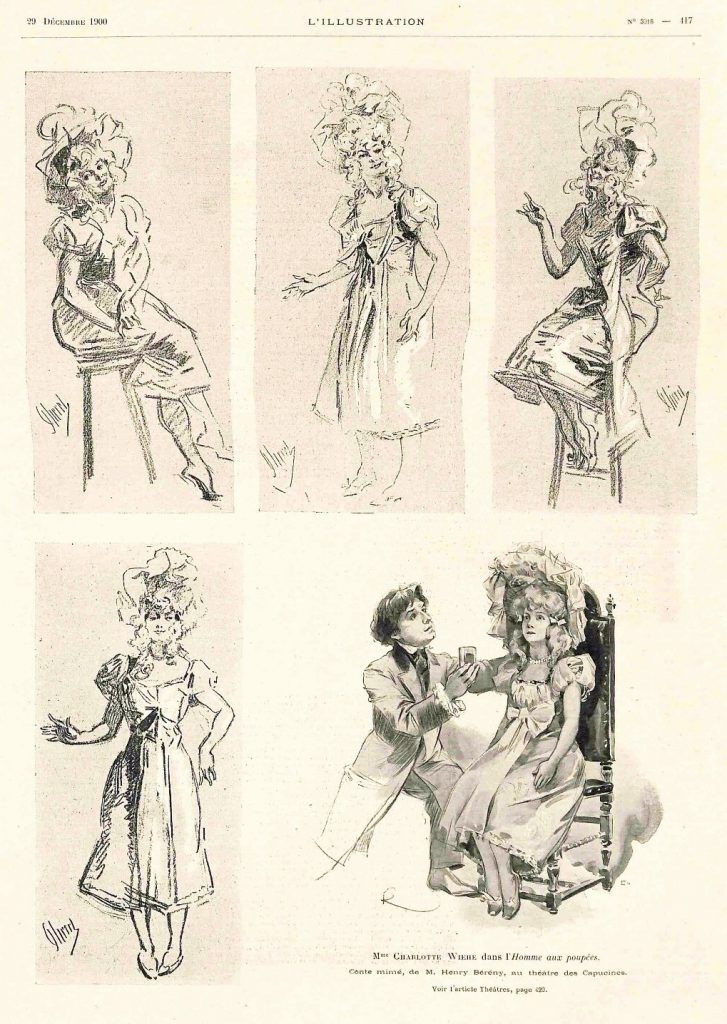

The mimodrama La Main is the story of a burglar who gets into a dancer’s dressing room to steal her jewels. But as the young woman returns into her room, the thief hides behind a curtain. And after removing her costume and standing in her negligee before a mirror she sees the presence of his hand in the folds of her curtain. Ooh la la, quite alarming…
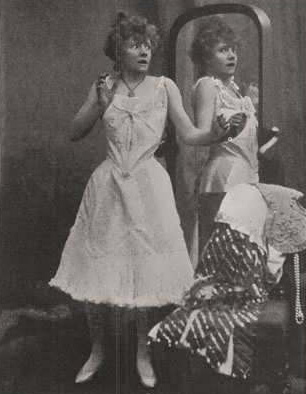
We spare you the rocambolesque end of the plot in which the key —emphatically shown on the sheet music cover— plays an important role. Far more interesting is that Charlotte Wiehe was the muse of Jules Chéret, the master of the belle-époque poster art.
They really have a point.
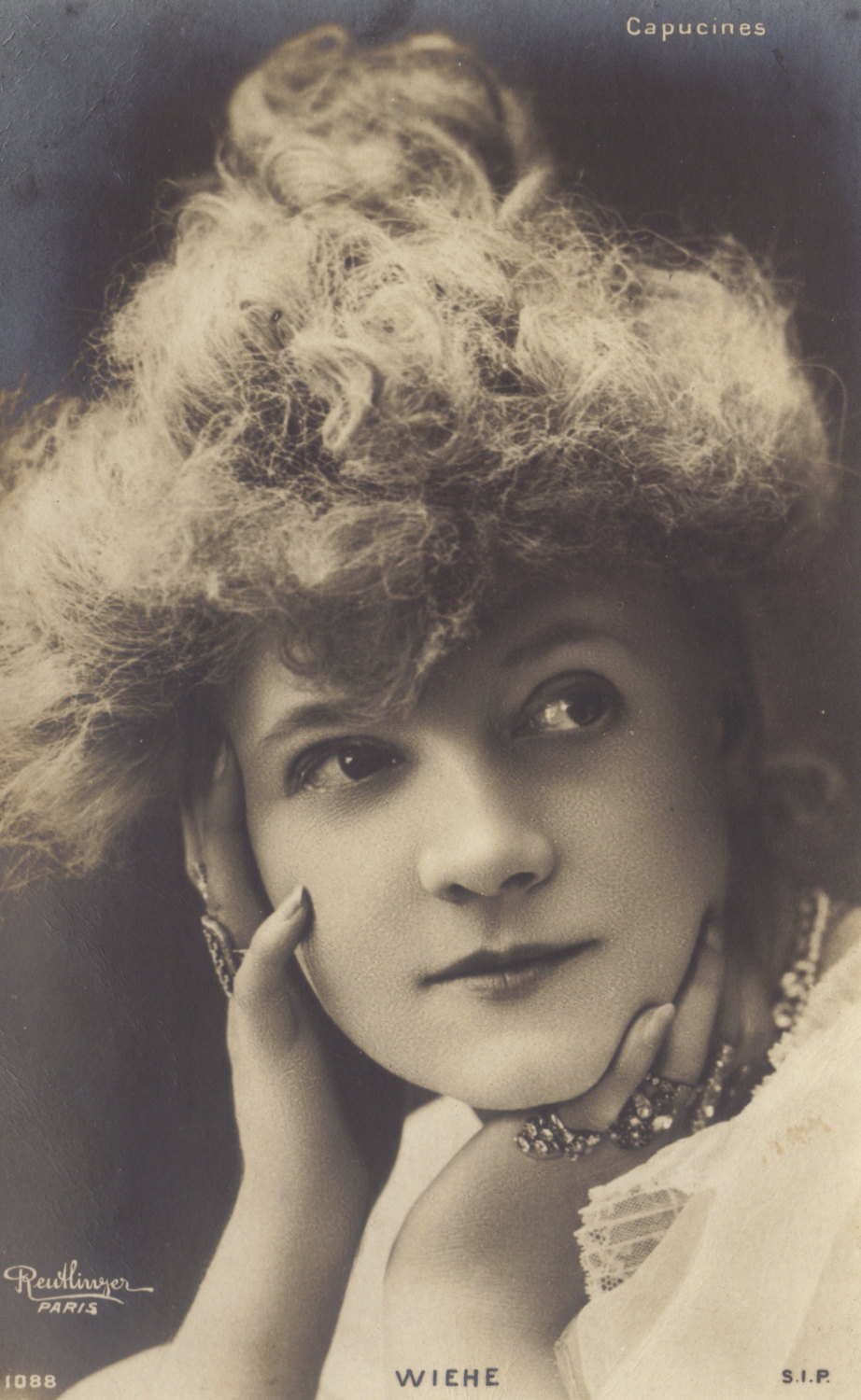
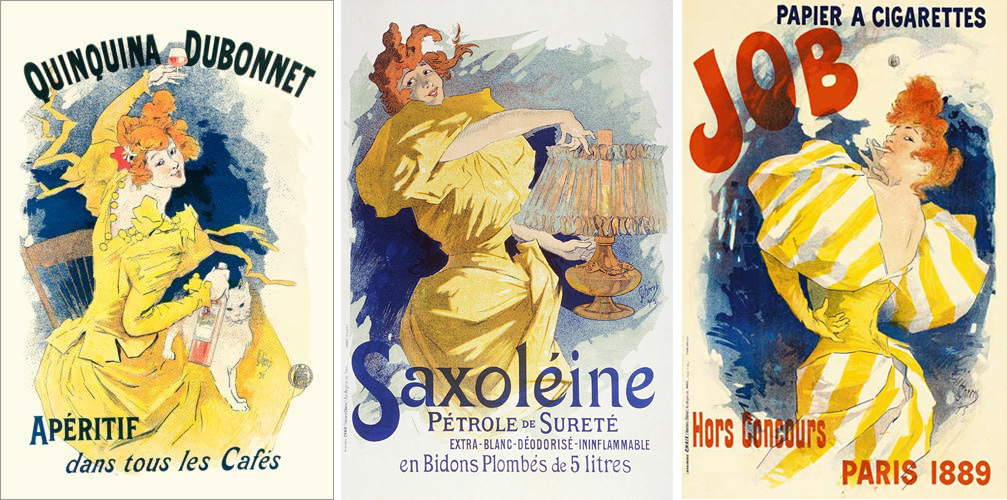
Charlotte Wiehe was not only pictured by Chéret, but by a lot of contemporary artists. You can see some examples by Adrien Barrère, Knut Hansen, De Losques and Capiello.

